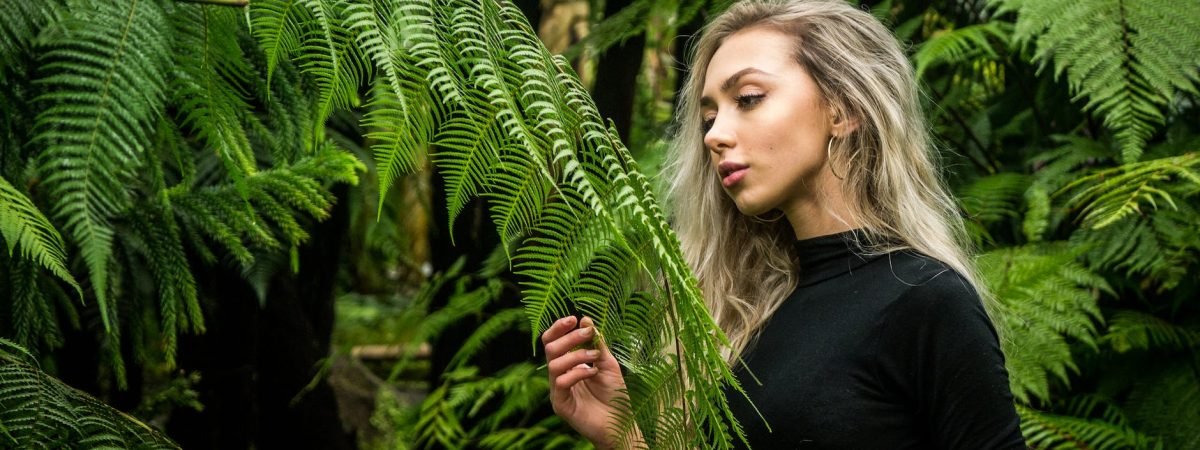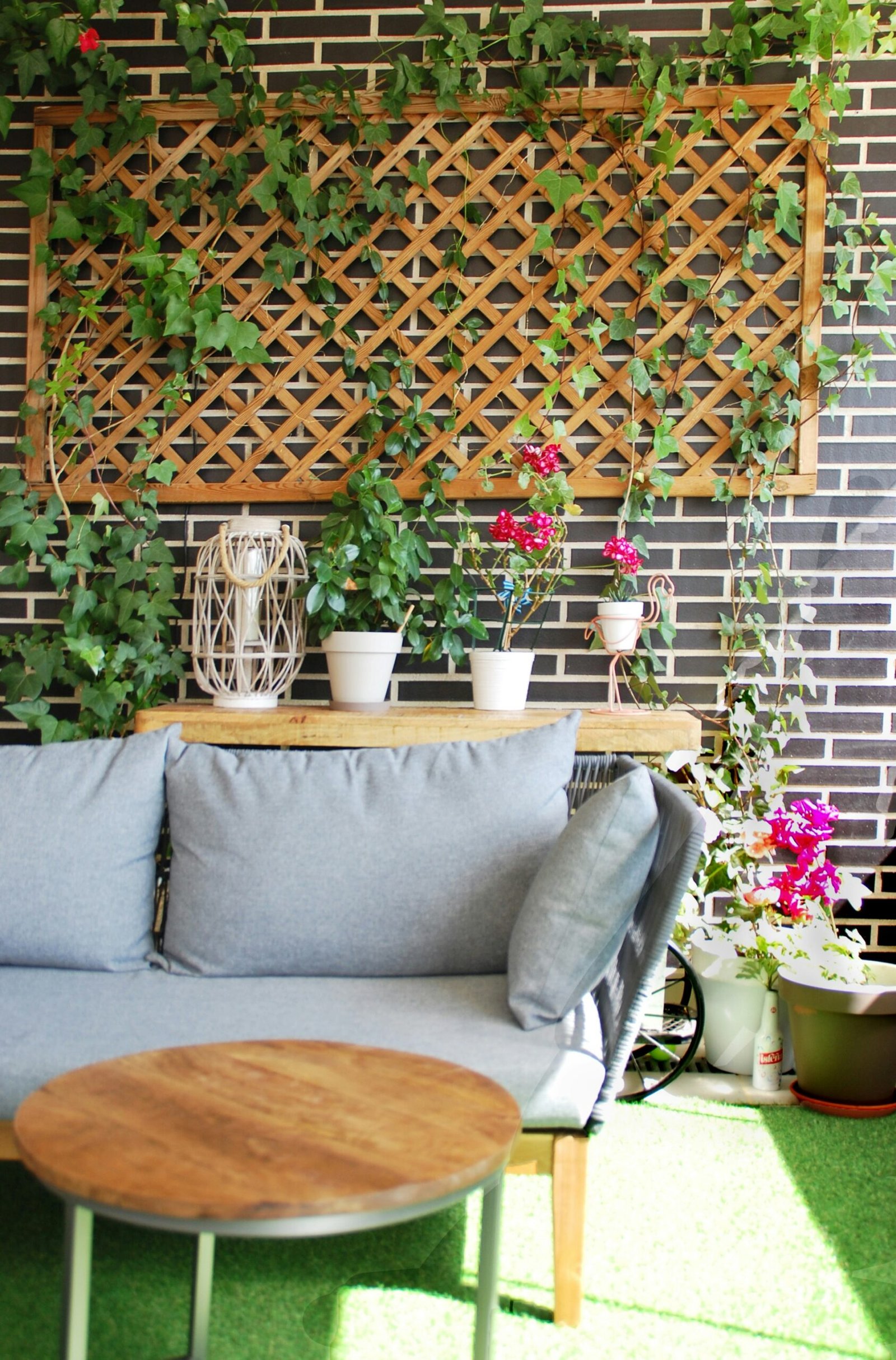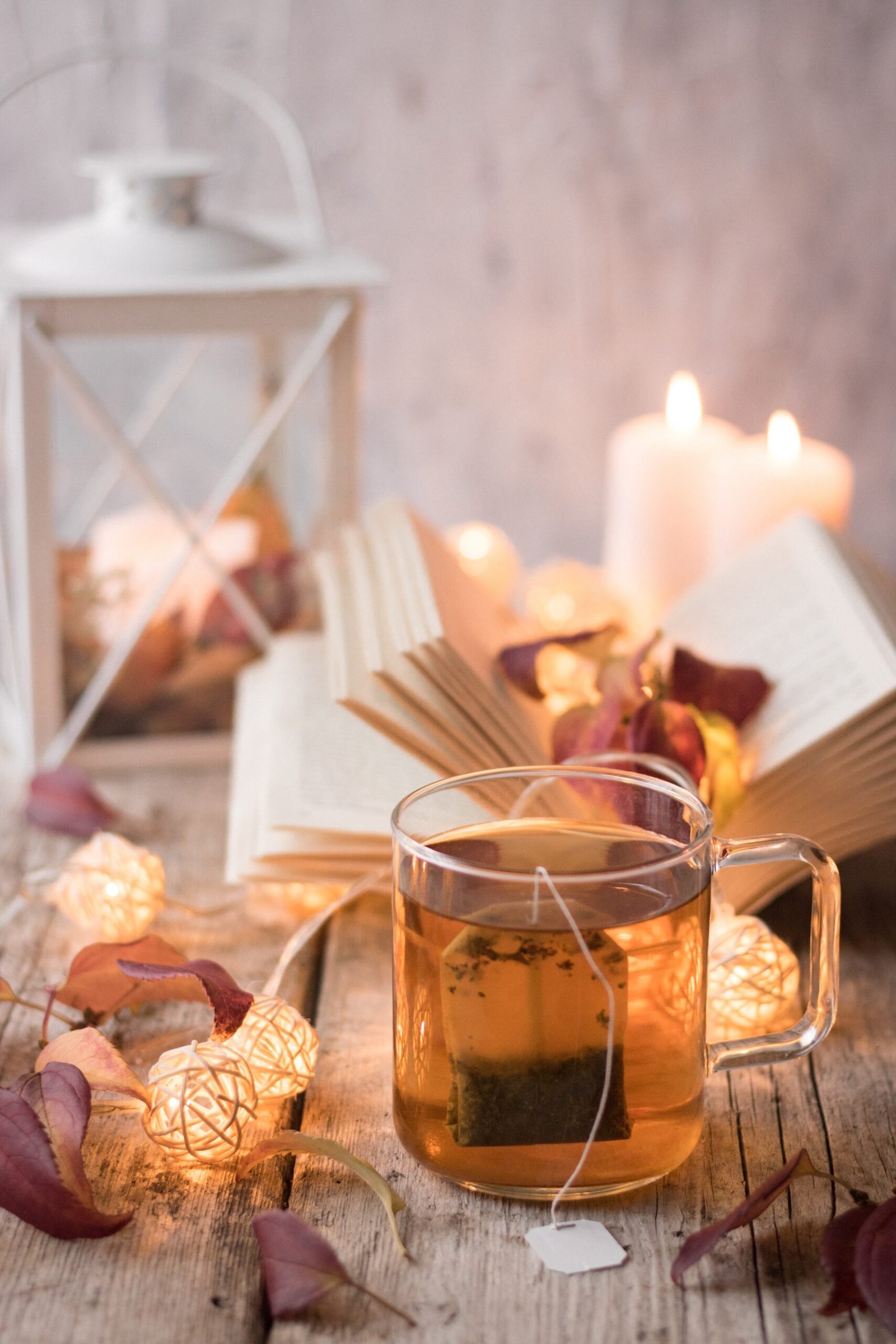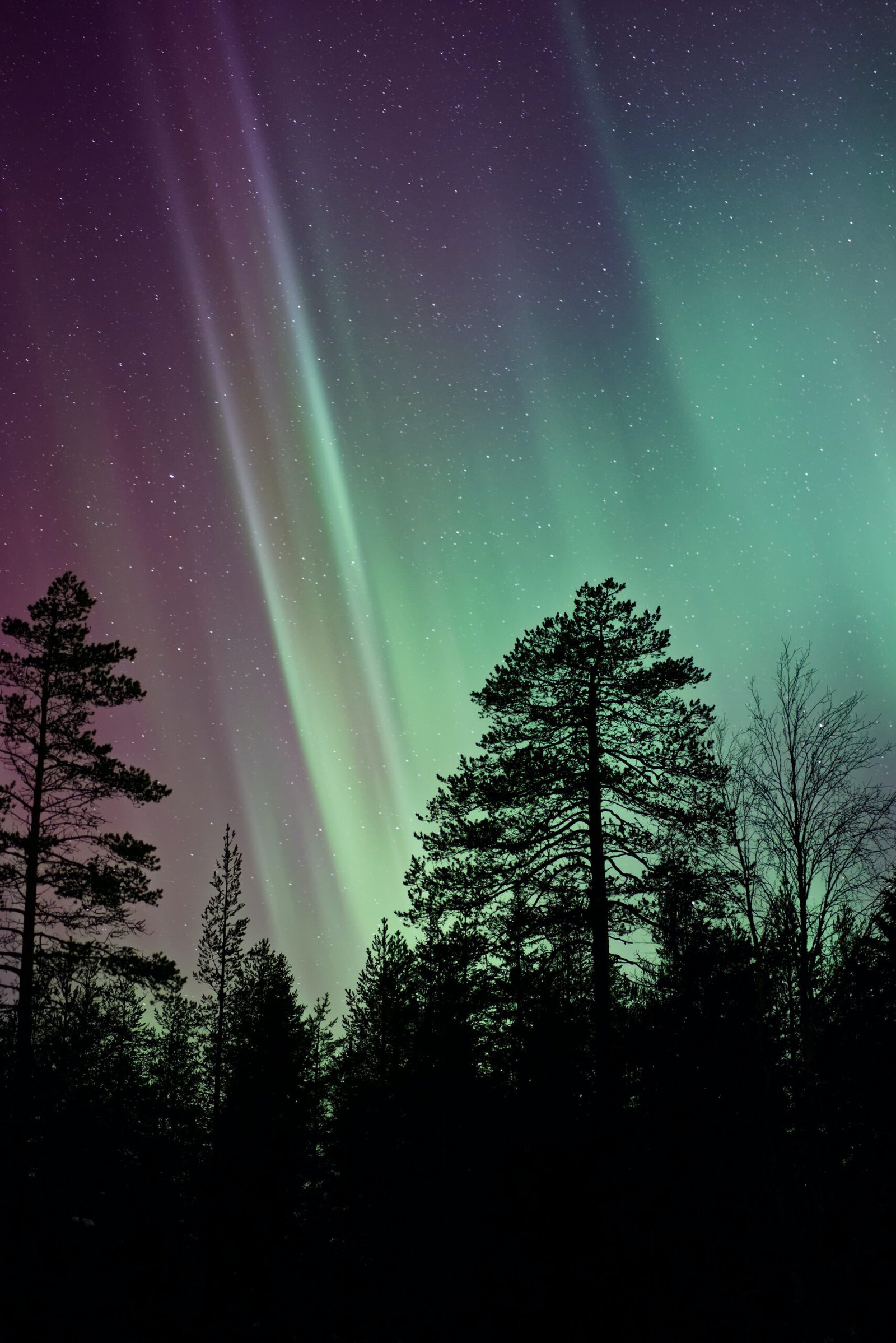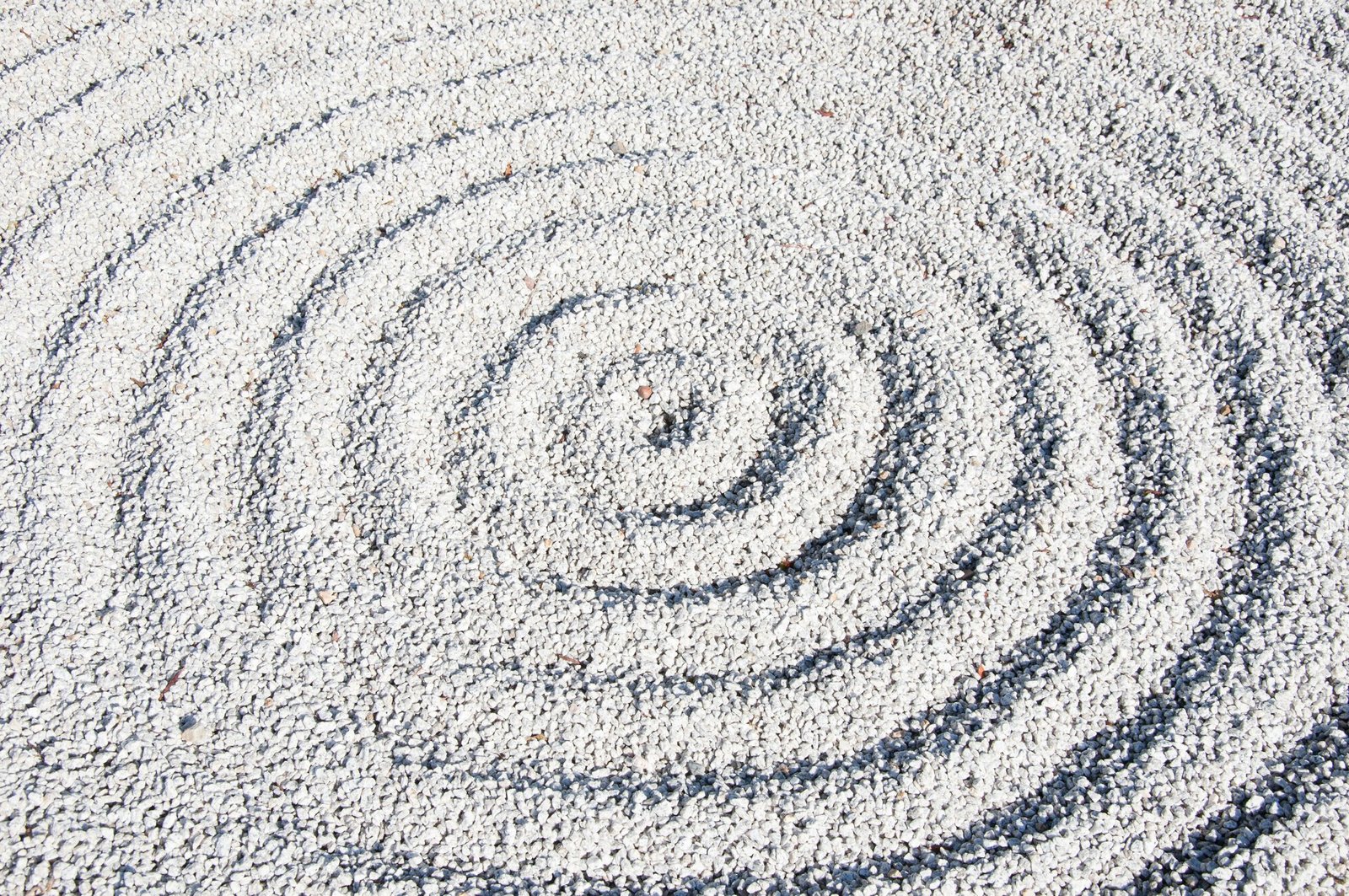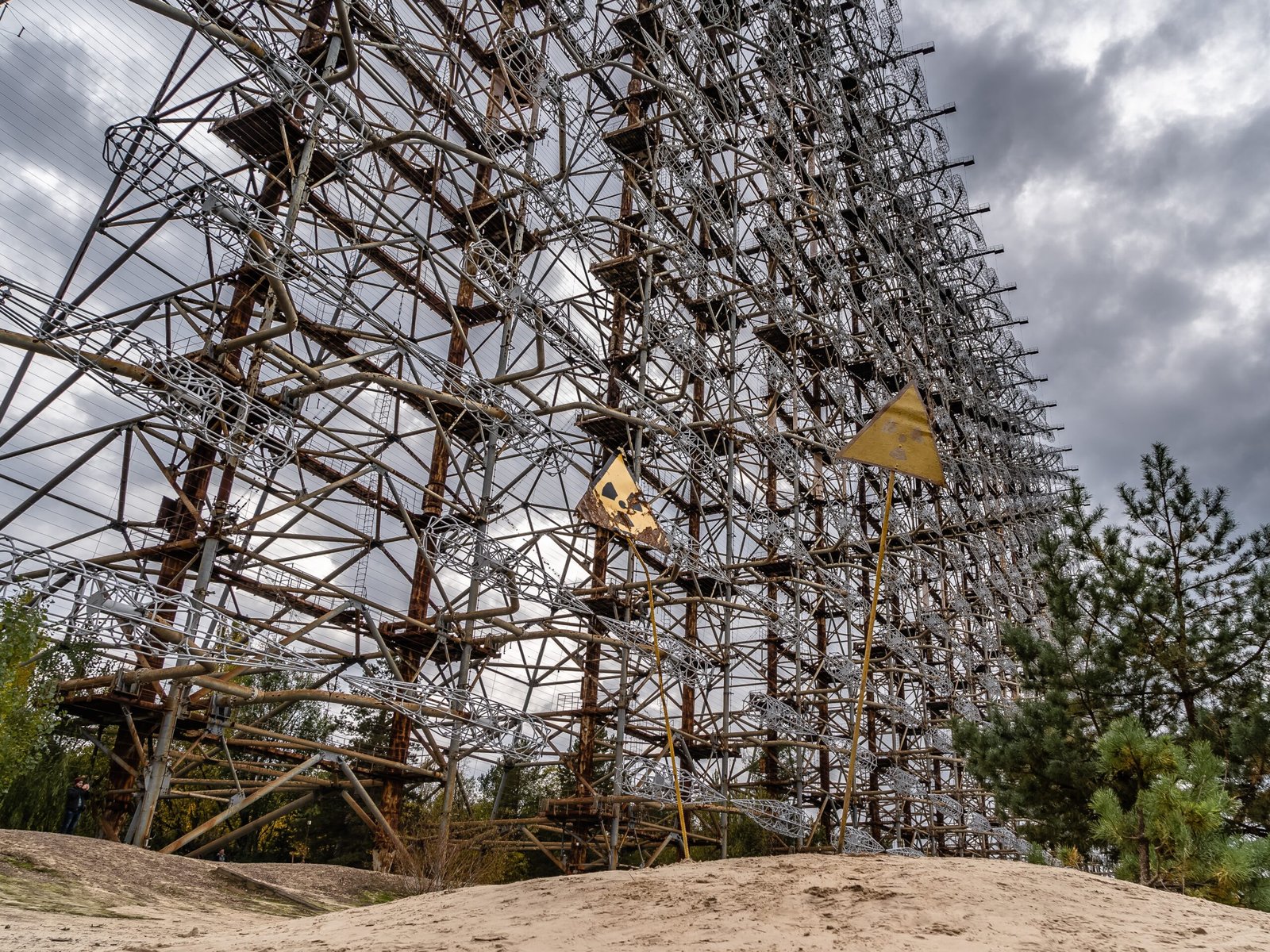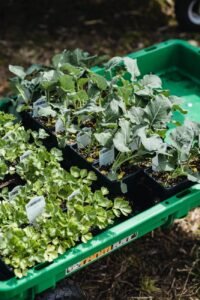When it comes to landscaping, many homeowners are drawn to the allure of exotic plants from far-flung corners of the globe. However, there is a growing movement towards utilizing native plants in landscaping projects. Native plants, also known as indigenous flora, offer numerous benefits that make them an excellent choice for any garden or outdoor space.
The Importance of Native Plants
Native plants are those that naturally occur in a specific region and have evolved over time to adapt to the local climate, soil conditions, and wildlife interactions. They have developed a symbiotic relationship with the local ecosystem, providing essential resources for native insects, birds, and other wildlife.
One of the key advantages of using native plants in landscaping is their ability to thrive with minimal maintenance. These plants are well-suited to the local environment, requiring less water, fertilizer, and pesticides compared to non-native species. This not only saves time and effort but also reduces the overall environmental impact of your garden.
The Beauty of Indigenous Flora
Contrary to popular belief, native plants are not dull or boring. In fact, they can be just as beautiful, if not more so, than their exotic counterparts. Native plants come in a wide range of colors, shapes, and sizes, offering endless possibilities for creating stunning and unique landscapes.
Whether you prefer a colorful wildflower meadow, a lush green woodland garden, or a vibrant coastal landscape, there are native plant species that can fulfill your vision. From the delicate blooms of the Eastern Red Columbine to the majestic presence of the California Live Oak, native plants bring a sense of authenticity and natural beauty to any outdoor space.
Environmental Benefits
Choosing native plants for your landscaping not only enhances the aesthetic appeal of your property but also provides numerous environmental benefits. Native plants have deep root systems that help prevent soil erosion and improve water infiltration, reducing the risk of flooding and preserving the health of local waterways.
Furthermore, native plants play a crucial role in supporting biodiversity. They provide food and habitat for a wide range of native insects, birds, and other wildlife, contributing to the overall health and balance of the ecosystem. By incorporating native plants into your landscaping, you are creating a welcoming haven for local wildlife and helping to preserve the natural heritage of your region.
Creating a Native Plant Landscape
Integrating native plants into your landscape design can be an exciting and rewarding experience. Start by researching the native plant species that are indigenous to your region. Consider factors such as sunlight requirements, soil conditions, and water availability to select the right plants for your specific location.
When designing your native plant landscape, aim for a mix of different plant types, including trees, shrubs, perennials, and grasses. This will create a visually appealing and dynamic composition that mimics the diversity found in natural ecosystems.
Don’t be afraid to experiment and get creative with your native plant choices. Mix and match different colors, textures, and heights to create a visually striking landscape that changes with the seasons. Incorporate native grasses for their graceful movement in the wind and consider adding native flowering plants to attract pollinators and butterflies.
Conclusion
Landscaping with native plants offers a multitude of benefits, from their low-maintenance requirements to their environmental contributions. By choosing indigenous flora, you are not only creating a beautiful and unique outdoor space but also supporting the local ecosystem and preserving the natural heritage of your region.
So, the next time you embark on a landscaping project, consider the beauty and benefits of native plants. Let them take center stage in your garden and watch as they bring life, color, and a sense of harmony to your outdoor oasis.

